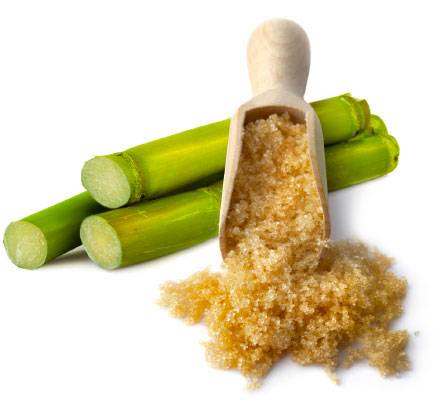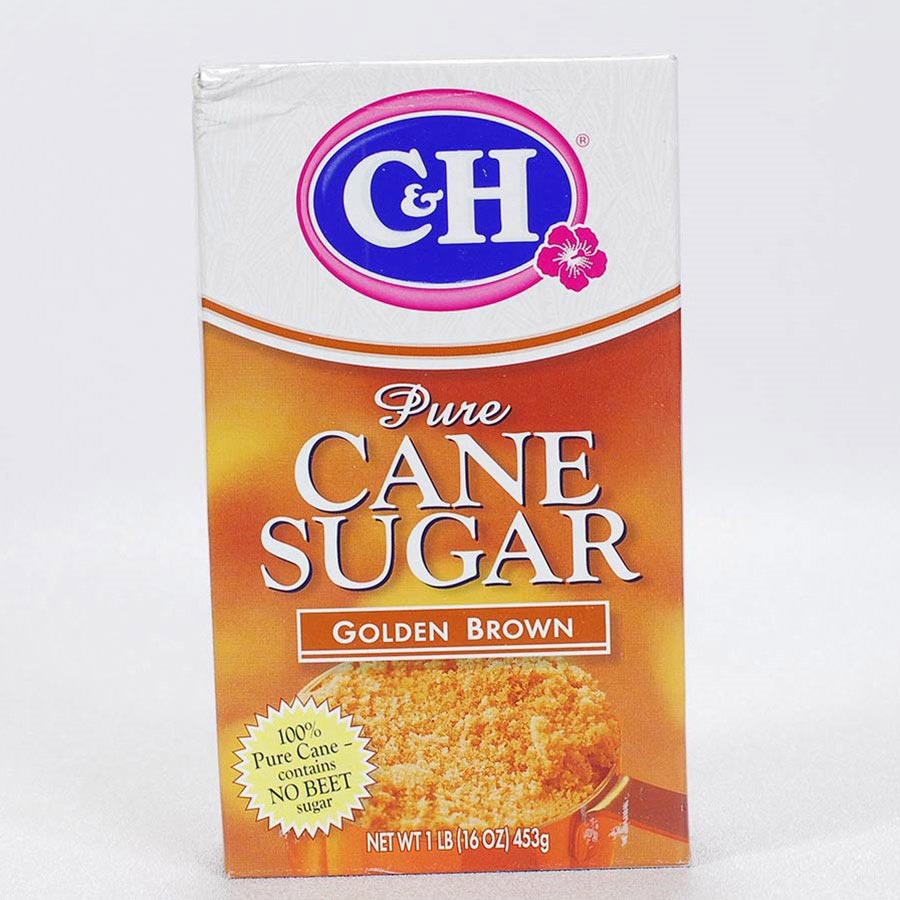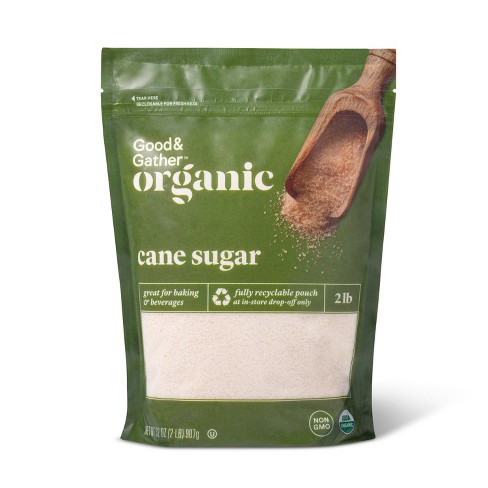Checking Out the Comprehensive Steps Entailed in Cane Sugar Handling From Gathering to Improvement
The procedure of cane sugar manufacturing incorporates a series of intricate actions, beginning with the mindful harvesting of sugarcane and finishing in the refinement stages that ensure the end product meets market standards. Each stage, from the removal of juice to the filtration and condensation procedures, plays a critical function in determining the top quality and character of the sugar. Recognizing these stages not just highlights the intricacy of sugar manufacturing however additionally raises important questions concerning effectiveness, sustainability, and development in the sector. What implications do these aspects have for future practices?
Harvesting Sugarcane
Collecting sugarcane is a critical step in the cane sugar processing chain, as it directly influences the quality and return of the end product. Correct timing and strategies are crucial throughout this stage to make sure optimum sugar web content and lessen losses. Commonly, sugarcane is gathered when it reaches maturation, usually 12 to 18 months after growing, identified by a high sucrose concentration.

Post-harvest, the sugarcane needs to be refined swiftly to stop sucrose deterioration. Ideally, harvested walking cane must be transported to processing centers within 1 day to protect sugar high quality. As a result, reliable logistical preparation is important to maintain the honesty of the collected crop throughout the supply chain.
Extraction Process

The crushed walking cane is subjected to a collection of pushing operations to make the most of juice recovery. Normally, hot water is sprayed onto the smashed walking cane, developing a countercurrent circulation that aids liquify the sugar while likewise aiding in the removal procedure. The juice collected from this operation contains not just sugar yet also numerous natural substances and contaminations.

To improve removal performance, some centers might employ diffusion methods, where the sugarcane is taken in warm water, enabling the soluble sugars to diffuse right into the liquid. The resulting juice, abundant in sucrose, is after that routed to succeeding handling phases, laying the structure for purification and improvement. The extraction process is therefore essential in identifying the top quality and return of the last sugar product.
Purification Methods
The purification strategies employed in cane sugar handling are important for transforming the raw juice into a high-quality sugar product. These methods primarily intend to get rid of contaminations, such as dirt, plant products, and not natural materials, which can negatively impact the end product's taste and shade.
One of the most usual filtration methods is information. This procedure entails adding lime and heat to the raw juice, which helps with the coagulation of impurities. The resulting precipitate is after that gotten rid of via sedimentation or purification, producing a clearer juice. In addition, using phosphoric acid can improve the explanation procedure by further binding contaminations.
Another substantial method is carbonatation, where co2 is introduced to the clarified juice. This reaction generates calcium carbonate, which captures continuing to be pollutants and advertises their removal.
In addition, triggered carbon therapy may be put on adsorb any continuing to be colorants and organic impurities, guaranteeing an extra refined item. The combination of these techniques effectively prepares the sugar juice for subsequent actions in the refining process, setting the phase for the production of top quality walking cane sugar.
Formation Methods
After the purification stage, the following crucial action in walking cane sugar handling entails crystallization techniques, which play a crucial function in changing the made clear juice into solid sugar. This process typically utilizes 2 primary techniques: spontaneous formation and regulated crystallization.
In spontaneous condensation, supersaturated sugar solutions are allowed to cool normally, bring about the development of sugar crystals over time. This technique is less complex but may result in unequal crystal dimensions and reduced pureness levels. On the other hand, managed condensation is an extra specific technique where seeding, temperature, and concentration agents are diligently managed. This method check permits the uniform growth of sugar crystals and higher pureness.
During crystallization, the cleared up juice is focused through dissipation, raising its sugar web content up until it reaches supersaturation. Once this point is accomplished, either technique can help with the crystallization procedure. Cane Sugar Processing. The resultant sugar crystals are after that separated from the staying syrup via centrifugation
Ultimately, the choice of condensation method impacts the high quality, size, and pureness of the last sugar product, making this action important in the total walking stick sugar processing procedure.
Refinement and Product Packaging
Exactly how can the pureness and high quality of cane sugar be further boosted after condensation? The refinement procedure plays an essential role in attaining top notch walking stick sugar. Following condensation, sugar undergoes a detailed cleaning to remove contaminations and residual molasses. This is generally completed using cozy water or steam, which aids dissolve and remove unwanted components while preserving the sugar crystals.
Following, the sugar undergoes a process called centrifugation, where it is rotated at high rates to separate the cleansed sugar crystals from the remaining liquid. After centrifugation, the sugar is frequently more refined with an approach called carbonization or phosphatation, which utilizes triggered carbon or phosphoric acid to get rid of color and off-flavors.
As soon as fine-tuned, the sugar is dried out to accomplish the desired wetness content, making certain that it remains stable throughout storage space and transport. The final step includes packaging the polished sugar in moisture-proof and airtight containers to keep its top quality and prevent contamination. Cane Sugar Processing. Proper packaging not just expands rack life but also assists in simple handling and circulation, making certain that consumers receive sugar that meets the highest standards of purity and high quality
Final Thought
The comprehensive actions involved in cane sugar processing, from the meticulous harvesting of sugarcane to the intricate improvement and product packaging stages, highlight the value of each stage in making sure top quality sugar production. Optimal harvesting techniques, efficient removal approaches, and extensive filtration procedures jointly add to the end product's pureness and security. The condensation and succeeding packaging practices even more improve the stability and rack life of the sugar, highlighting the intricacy and precision inherent in this vital agricultural industry.
The procedure of walking cane sugar manufacturing includes a series of detailed steps, beginning with the careful harvesting of sugarcane and culminating in the improvement stages that ensure the last product meets sector criteria. Preferably, harvested walking cane must be delivered to processing facilities within 24 hours to maintain sugar high quality.In spontaneous crystallization, supersaturated sugar remedies are enabled to cool normally, leading to the my website formation of sugar crystals over time visit the website - Cane Sugar Processing. The improvement process plays an essential duty in accomplishing top quality walking cane sugar.The extensive steps included in cane sugar processing, from the thorough harvesting of sugarcane to the complex improvement and product packaging stages, emphasize the importance of each stage in ensuring premium sugar manufacturing